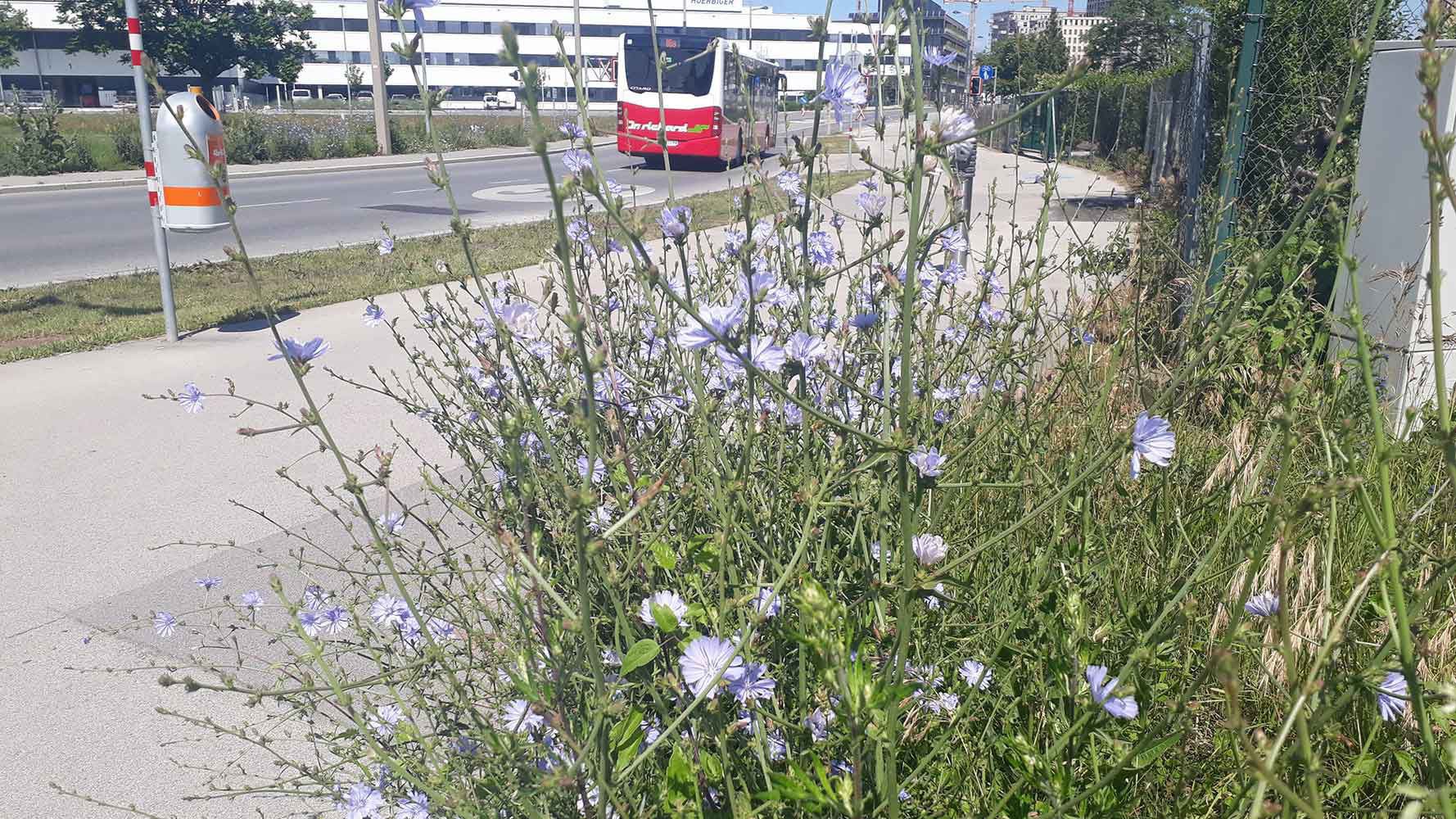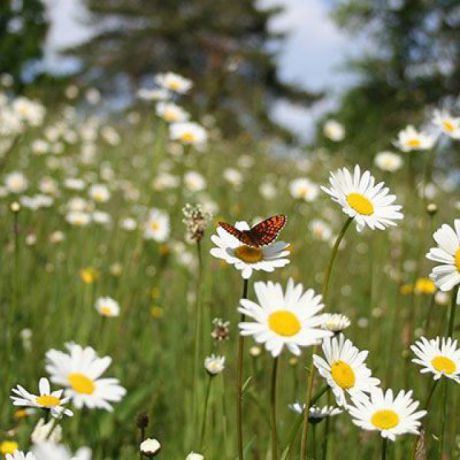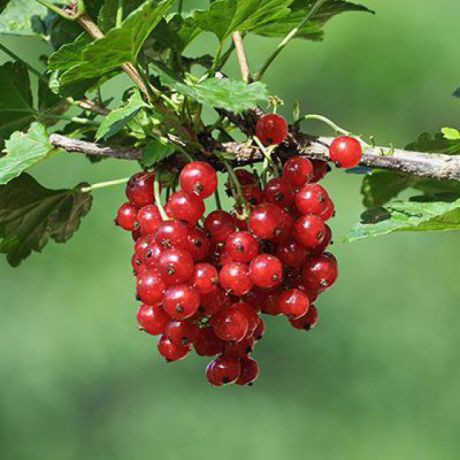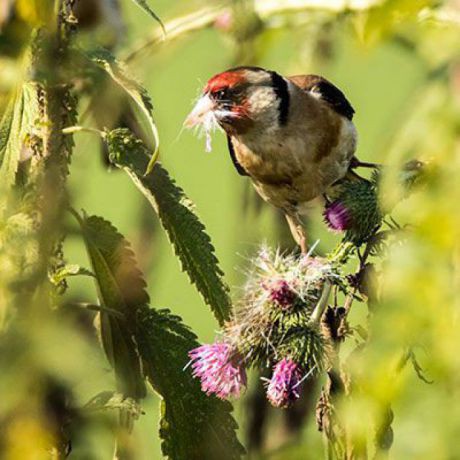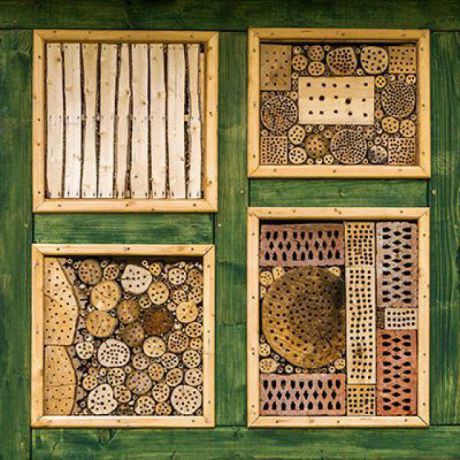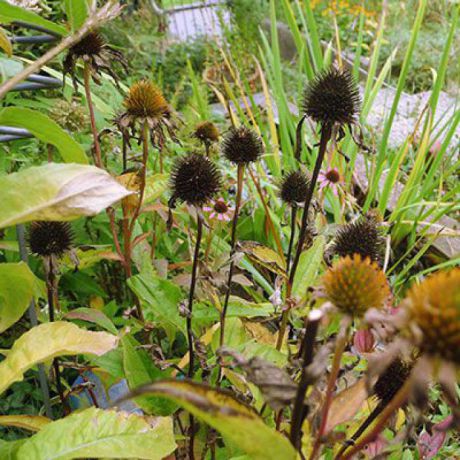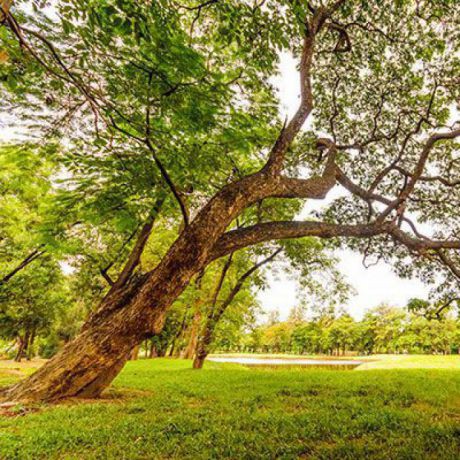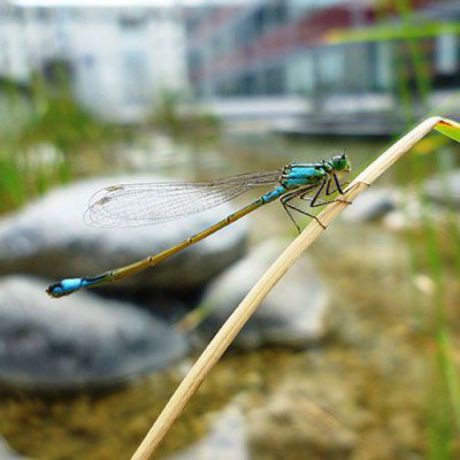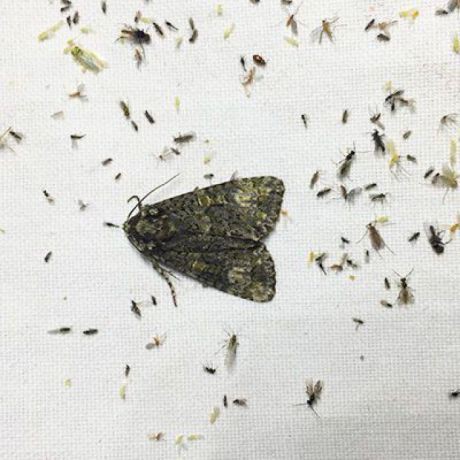Flourishing life in industrial zones
Would you like to fill your company site with life? That’s a great idea, as naturally designed industrial zones that attract wildlife play an important role in promoting nature in cities. They are places with great potential, as they provide ample space to get creative: Buildings, roofs, forecourts, green spaces - they all provide ways to create flowered areas and habitations and thus to promote biodiversity. Natural company premises are also better embedded into their surroundings. Harness the potential of the redesign for communication; inform your customers and involve all employees. They will be pleased to see the added quality of spending time outside, which will create a valuable social space.
Target species
Good to know
- Ecologically valuable spaces are almost always lower maintenance than their counterparts (a flower meadow can tolerate weeds that would be a problem elsewhere).
- Foyers should be appealing to visitors coming in. A natural design is not a contradiction here. Many groundcover plants and flowering shrubs are valuable plants for insects.
- A diverse range of brownfields may occur, where even rare wild herbs can grow.
- Roof greening has great potential for nature in your company: Water retention, particulate suppression, noise reduction, and a sea of flowers.
- Reduce sealed areas to the bare necessities! Parking lots, pathways, and storage areas should be set up as permeable alternatives.
What does the City of Vienna do?
Have you ever thought of roof greening or increasing substrate? The City of Vienna - Environmental Protection department subsidises roof greening up to a maximum of 20,000 euros.
Stadt Wien: Dachbegrünung Förderungsantrag(wien.gv.at)
Green oases can exist even in industrial zones! The City of Vienna - Environmental Protection department awards a prize for them:
Plakette Naturnahe Grünoase der Stadt Wien (wien.gv.at)

